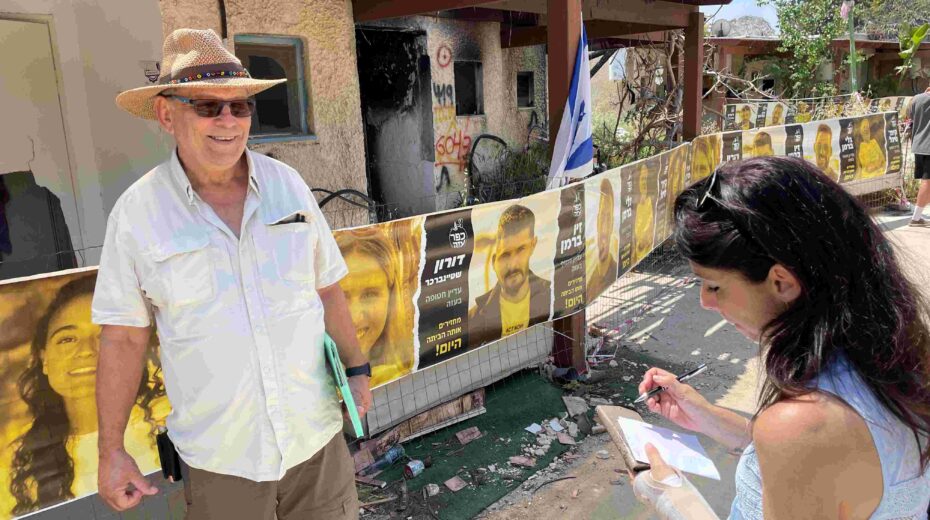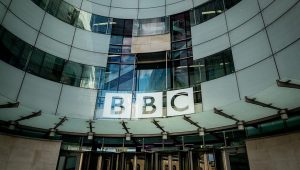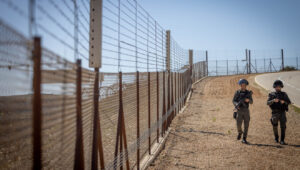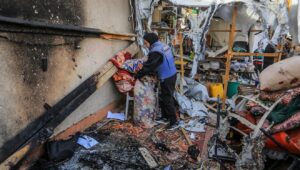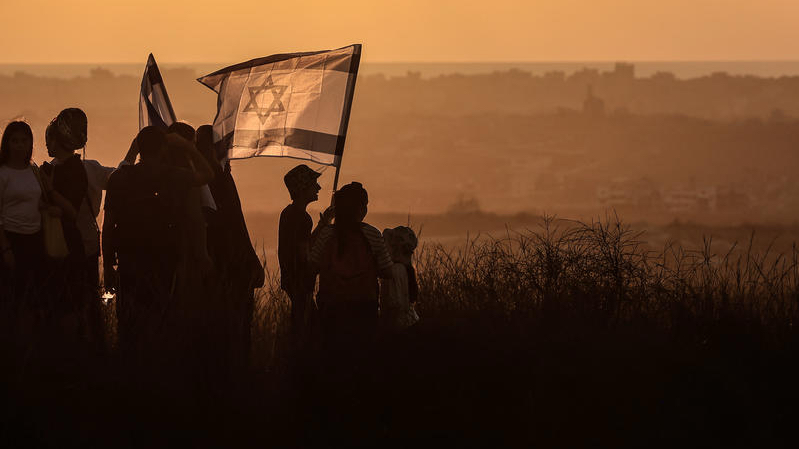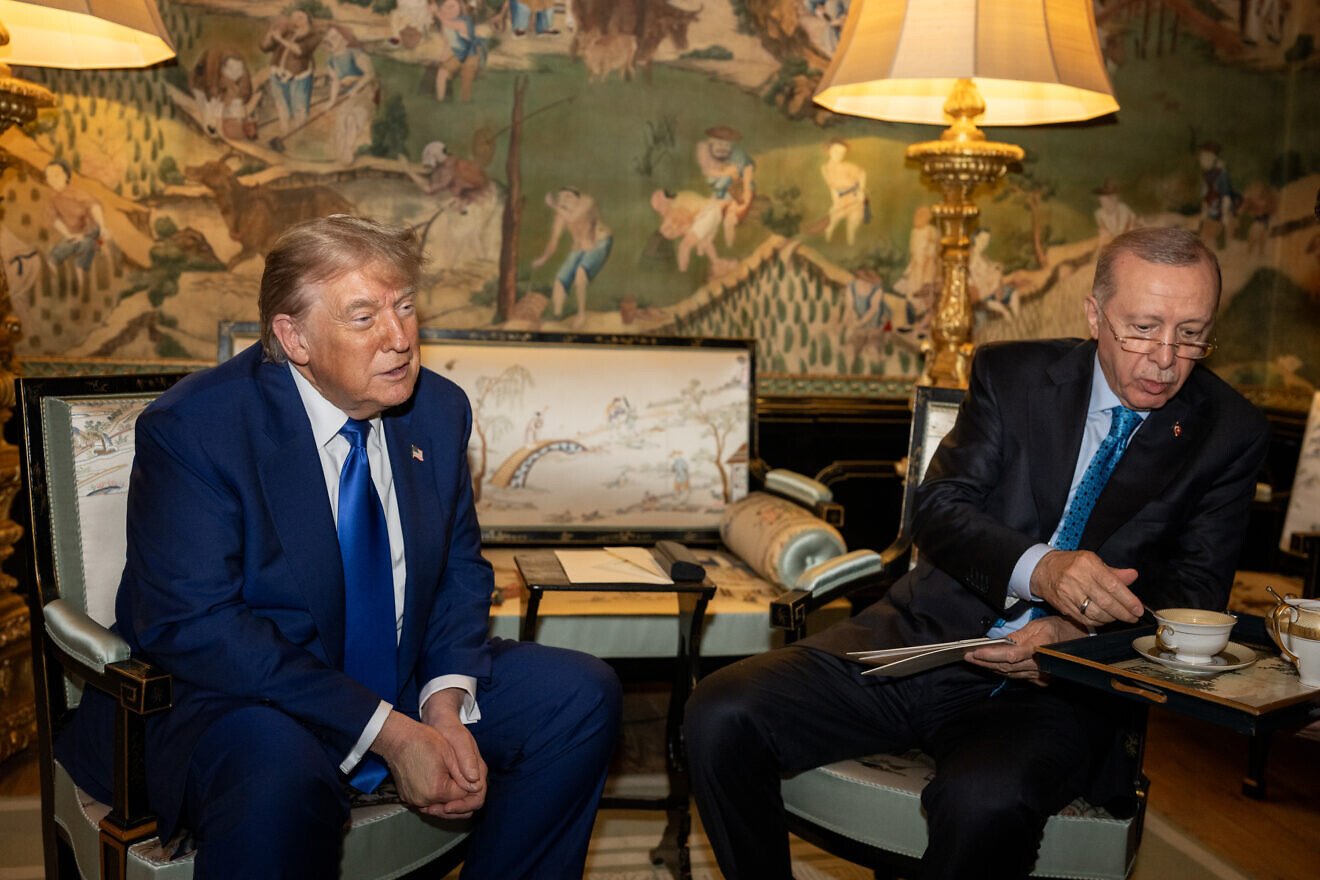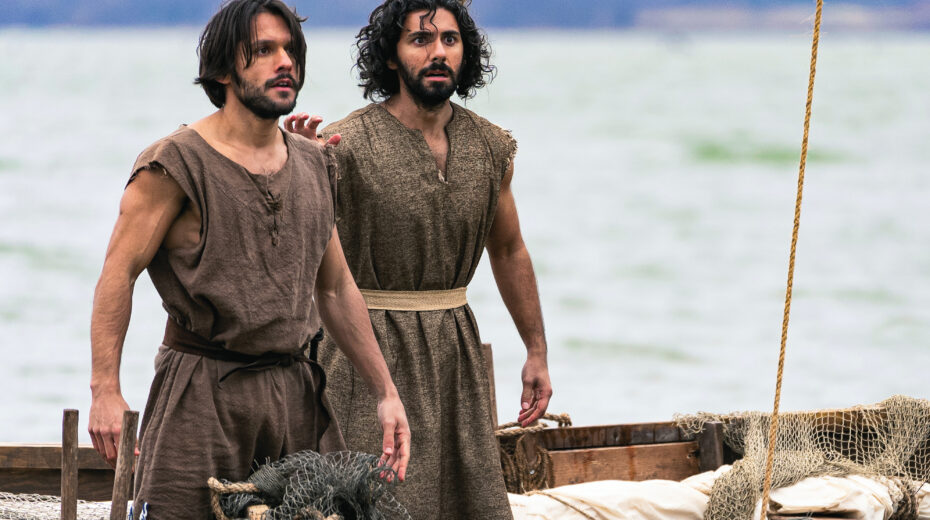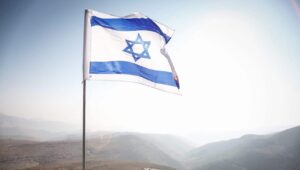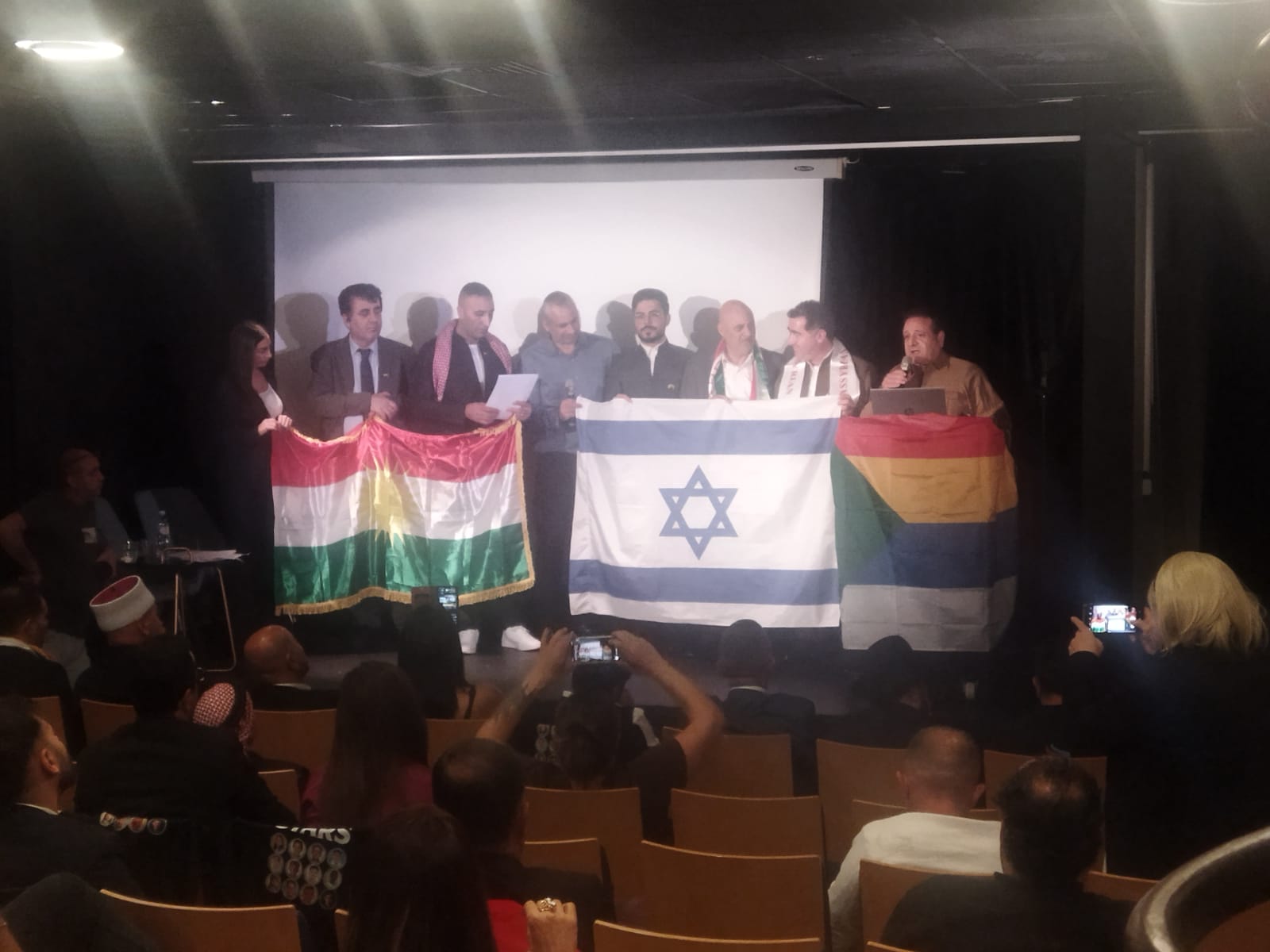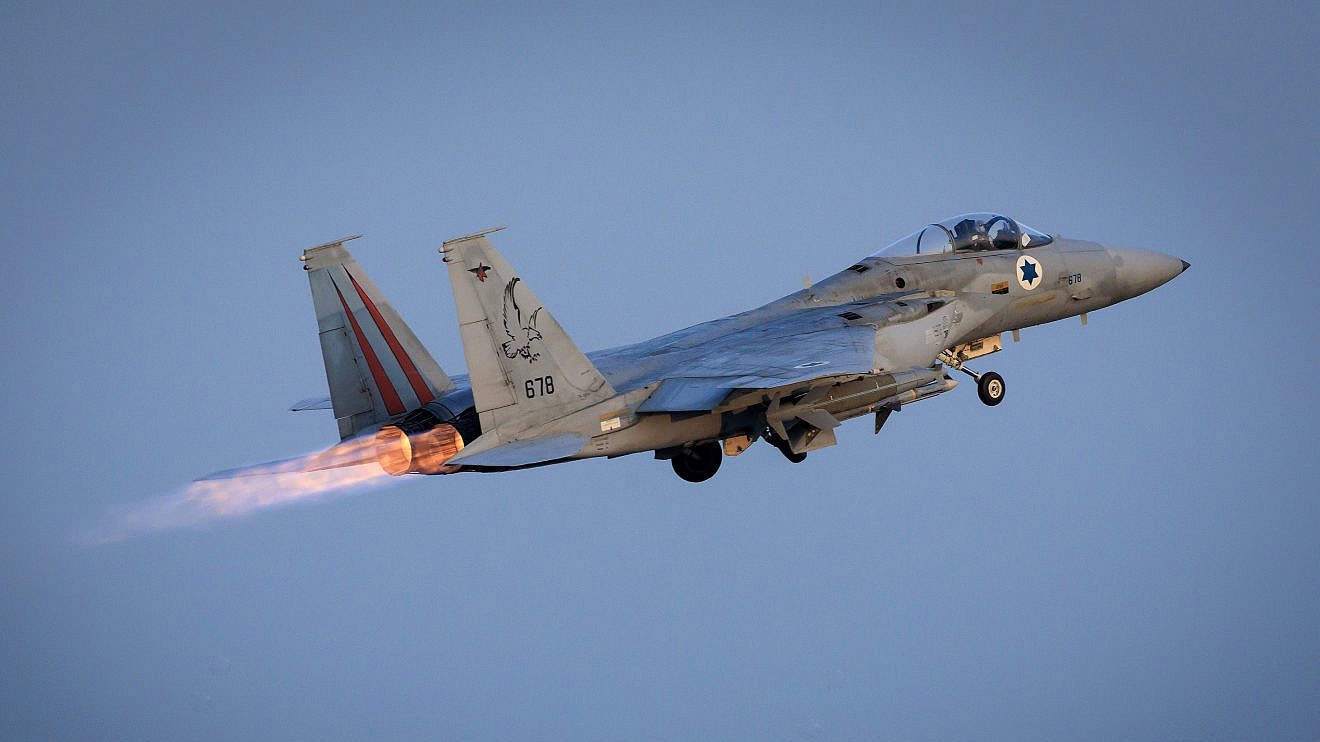When we flew to Israel in April 2024, despite travel warnings from the German government and threats of revenge from Iran, we did so with the aim of becoming one with Israel, being contemporary witnesses, helping and supporting where we could. How we experienced Israel and the Iranian attack during those days I described in the article “Wounded Israel – The Tension Field” (Part 1 & 2)
Against all warnings
The most important and touching experiences from our journey to Israel in April 2024 are the encounters with the people, who witnessed the massacre on October 7. We visit them in the kibbutzim, where they used to live and where the terrorists raged. That’s why we are on the road in the 36 hours before the Iranian attack, at this time of all times, when everyone was supposed to stay close to their bunkers. But the affected families still want to meet us and so we are on our way from Jerusalem to the south, against all warnings, a journey of around 2 hours. Our love is stronger.
As we approach our destination, the road gets rougher and rougher – you can feel that heavy equipment has been driving here. We get very close to the Gaza Strip. So close that we can see, how much of it is actually still intact, which you wouldn’t have guessed from the images shown in the main stream media.
The dead from the Nova festival
We reach the site where the alternative Super Nova Open Air Festival took place. We are not prepared for what we find and experience on this site. Here you are so close to the border with Gaza that you only have 15 SECONDS to get to the protected places if the rocket alarm goes off. At this site, around 4,000 participants danced and celebrated friendship, love and freedom. They danced on a volcano.

Almost a tenth of the participants (364) were slaughtered, women brutally raped, mutilated and burned; around forty were kidnapped and many more injured. The security forces were outnumbered and could not fend off the Hamas terrorists, who invaded the site with pick-ups, motorcycles, quads and motorized paragliders. The air raid shelters became death traps in which bodies piled up.
Today, the whole area looks like a huge cemetery with pictures of the murdered and abducted, some with stories, flowers and flags. The sheer number is overwhelming. It takes a long time for the brain to realize that all these people were killed.
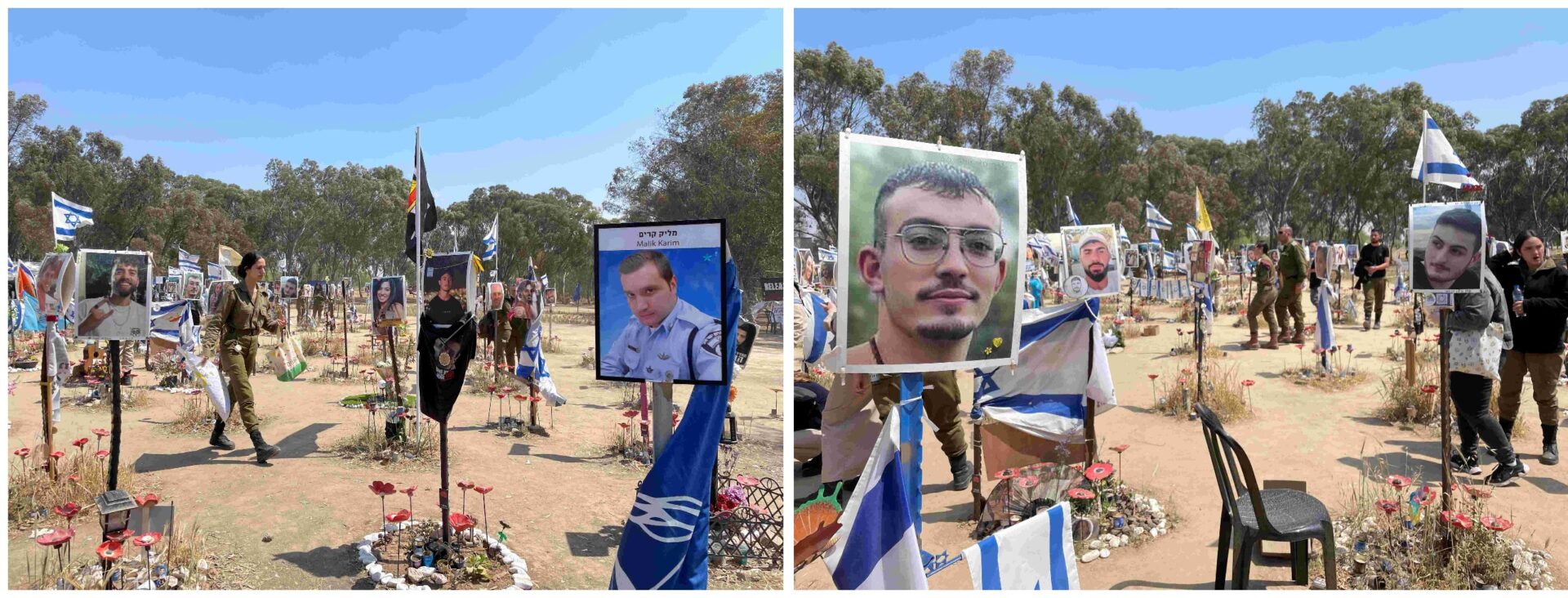
Seven months have passed and yet everything seems as fresh as if it happened yesterday. As if the graves were still open, as if the dead were still calling for help. And the hostages, who are still not free! A gaping, open wound that still hurts unbearably.
A little further away, trees have been planted for the murdered – a gesture of hope that stands for the resilience of the Israelis.

Explanations by IDF Spokesman Arye Shalicar
At the Nova site, we also meet the German-speaking army spokesman, major Arye Sharuz Shalicar, who explains to a group what it means for the Israeli army to announce its attacks in Gaza with millions of text and voice messages to avoid civilian casualties. He also speaks of the losses and setbacks this entails for the Israelis because terrorists escape disguised as civilians. And for the hostages, who are taken to other places again and again.
He compares the current situation with the fight against the Islamic State in 2014 when around 4,500 terrorists were entrenched in Mosul. It took the Iraqi army with US air support a year to wrestle them down. Now Israel, facing a much higher number of terrorists in a much larger area, is being asked for a ceasefire after 6 months. Arye points out the double standard.
He also talks about the disappointment in Israel that the world is not demanding that Hamas release the hostages. He emphasizes that so many do not understand that “from the river to see, Palestine will be free” is calling for a Palestinian state instead of an Israeli one and not a two-state solution.
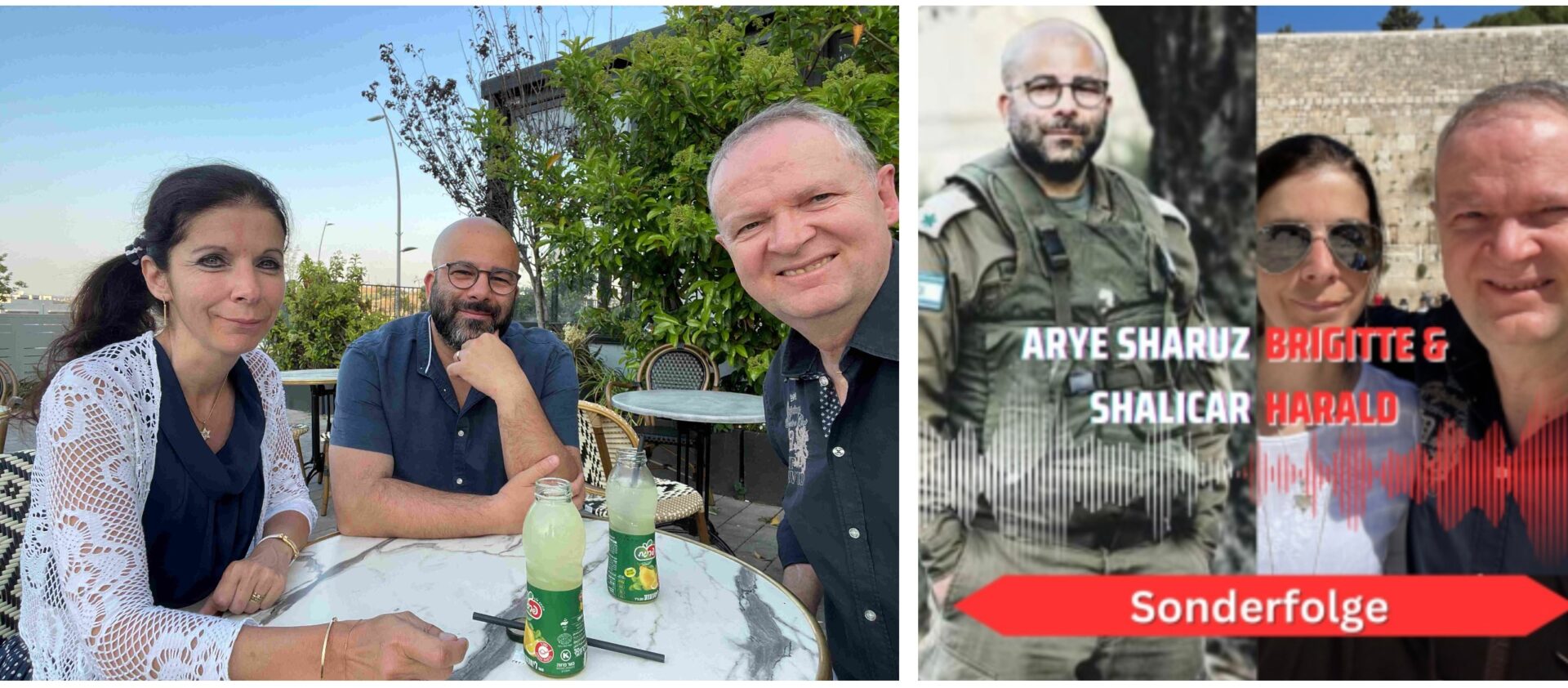
At a later stage of our trip, we meet Arye again privately and record an interview with him as a special episode of his podcast (which we follow regularly and which he shares very valuable and important information of current events).
The special recipient of our letter
And then follows the encounter that comes as a complete surprise to us. At home, Harald had formulated Psalm 23 as a prayer for the soldiers and with it we created a letter, expressing our friendship and solidarity. We reproduced this letter and brought it with us to hand it over – alongside donations and practical help. The Nova site is also shown to military units and Harald approaches officers and soldiers to distribute copies of it.
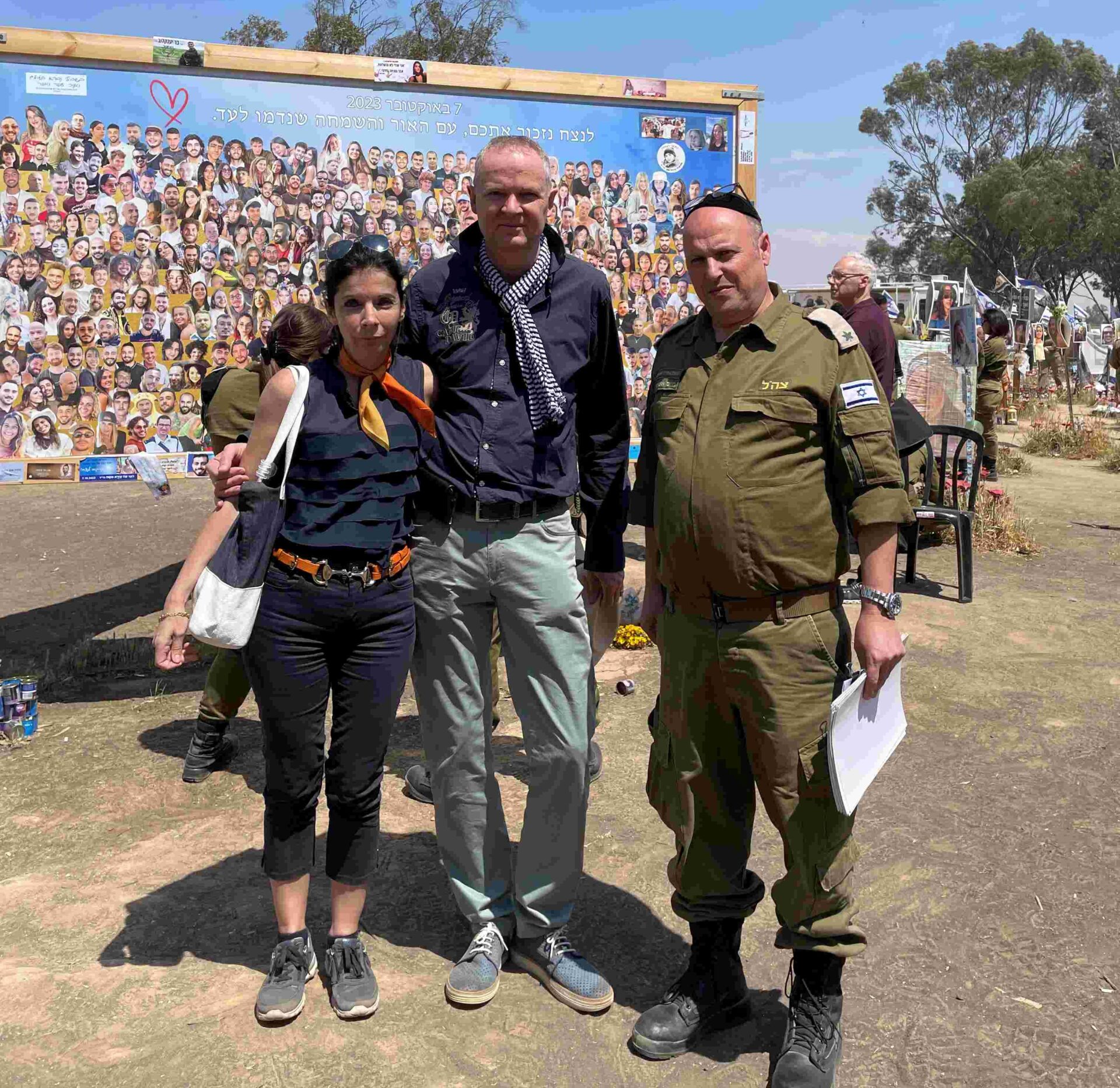
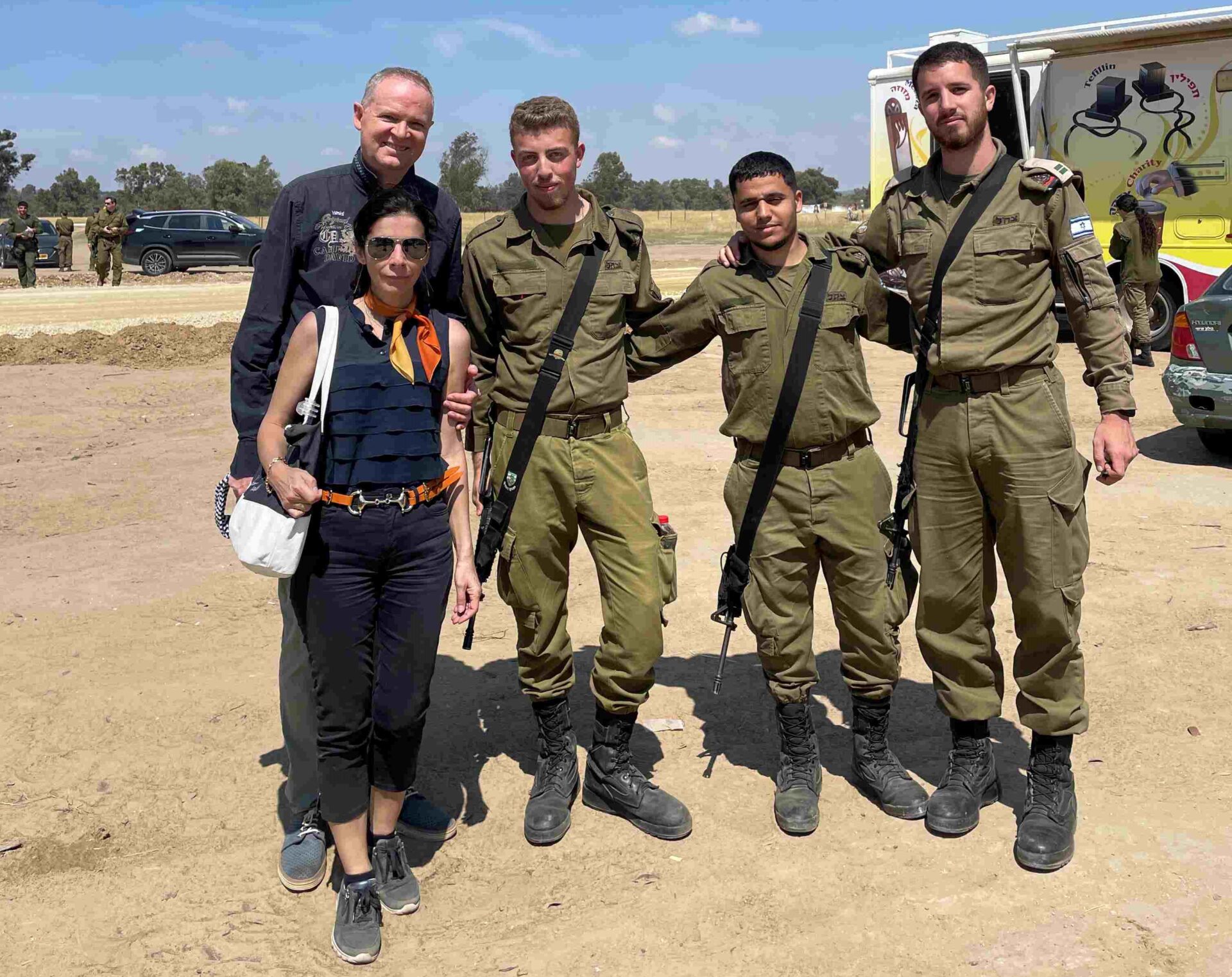
And so we make the acquaintance of Chaim Otmazgin. He has been serving for over 30 years for the organization responsible for providing aid and collecting (parts of) corpses in Israel: Zaka. They are the first to arrive at the scene and the last to leave, having literally scraped the scraps of skin from the walls of houses. Chaim is a reserve major and commander of the Zaka special forces. On the evening of October 7th, he and other reservists were responsible for recovering the countless bodies on this site.
He took pictures of them, pictures that are considered “top secret” and were only shown to high-ranking politicians and now to military units, so that they can understand what really happened here. Pictures that irrefutably show the terrible atrocities. We get talking and our story impresses him so much that he tells us about his mission and wants to show us the footage so that we can report on it.
The Atrocities of Hamas
His voice is quiet and controlled as he speaks and recounts what they found – but the expression in his eyes is indescribable. The grief and anguish in them wants to find space. It is as if you can see his torn soul. He has decades of experience with murder, accident and disaster victims and can often piece together the story behind them from the way bodies are found; he recognizes desecration and humiliation. And he says: what they found in those days, one cannot absorb. Even now, the images still race through his mind and he cannot believe, what he has seen. He explains: killing was the least that was done to the people. Few were “only” murdered. Most of the bodies showed additional signs of violence, desecration, torture and mutilation or burns.
He talks about how, while searching through the rubble and ashes, he always had the impression that the souls of the victims were calling out to him and his helpers to be found. How the ruins of the houses are waiting for their owners, who will never come back. He describes how they first recovered hundreds of bodies and then began to collect body parts, burnt human remains and bone fragments to identify the victims. He and his team worked almost non-stop for weeks. They had no time to feel and were too frozen to cry. This is how their team recovered 800 – 900 bodies.
The atrocities committed by Hamas have not only tormented the actual victims – they are still torturing everyone, who comes into contact with them. It is almost impossible to bear the sight. I can still see it in front of me now.
Then Chaim shows us what he found on October 7th. In the initial period after the massacre, he did not want to talk about his work. But when he realized that the world was questioning Hamas’ crimes, he began to report publicly, on what he had seen and experienced and to present evidence.
Unlike many in the West, we have already seen a lot of footage, but these images capture the worst, the unspeakable: the terrible mutilations, the horrific rapes, the inhumane sexual abuse, the burning bodies, the severed limbs. These are images that are still not released for publication in order to protect the families of the victims. Only what has been destroyed beyond recognition may be published.
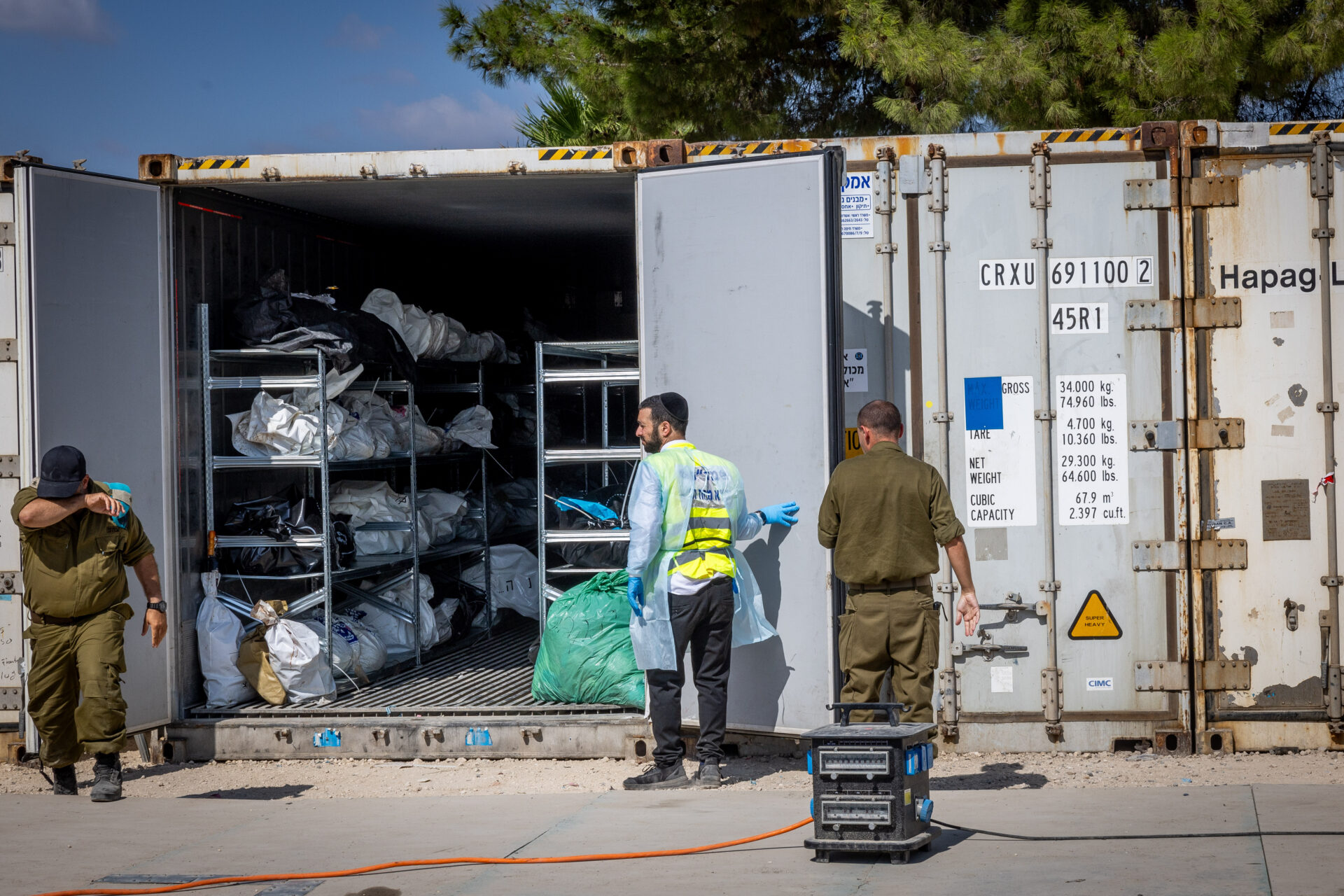
But the impressions are burned into our souls.
After these pictures, I sit there for a long time with tear-blind eyes. The pieces of the puzzle are coming together. This is like a new Yad Vashem, recording the crimes against humanity and honoring the dead. It is completely inconceivable that all this could happen AFTER the Holocaust, in this day and age, WITHIN ISRAEL, in a single day! And completely inexplicable, why these atrocities are silently ignored by so many.
Heaven and hell at Kfar Azza
Afterwards, we have an appointment with Avishay at the entrance to Kfar Azza. He and his family lived here before October 7th. He was also born here. Kfar Azza and Be’eri are among the most destroyed kibbutzim.
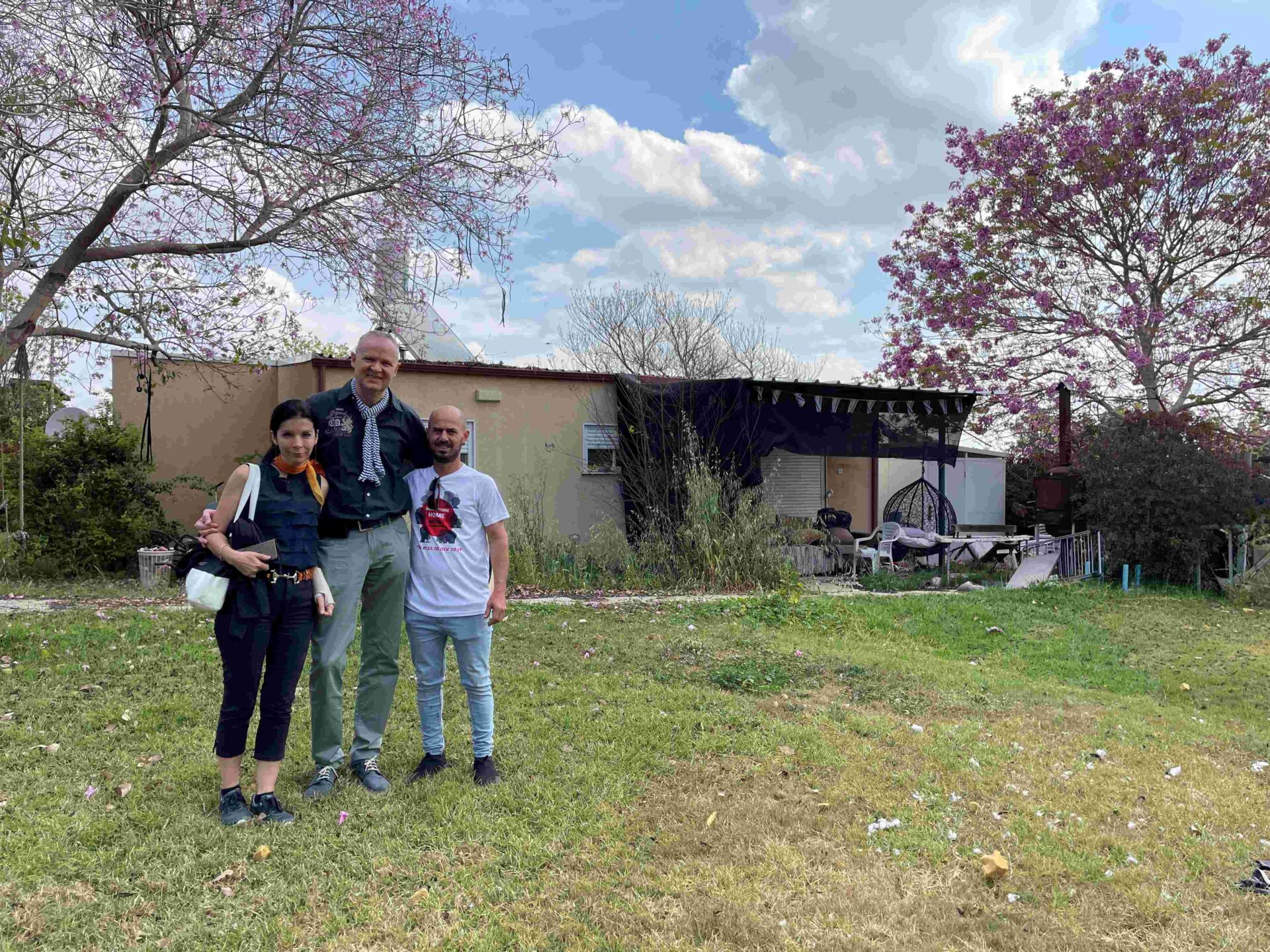
His house is still standing, but you can see bullet holes everywhere. In the former living room, he bends down and picks up bullet casings. He gives us one of them – a painful memento. He shows us his shelter, where he and his family had to hold out for 24 hours until the army finally came to free them – and how he braced himself against the door to prevent the terrorists from getting in. None of these shelters can be locked because they were originally only intended to protect against rocket fire. Nobody expected an invasion like the one that took place that day. He only had a knife as a weapon – luckily he didn’t have to use it.

He actually wanted to go to the Nova Festival on that Friday and only decided to visit it the next day at short notice. Today, he is very grateful for this decision. Because the festival was, where people were most exposed, where most people were slaughtered and kidnapped. Also his family would have been alone and may no longer be alive today. He now lives in Herzliya and works as a gourmet chef again. He has to rebuild his entire existence. It is unclear whether he will ever live here again, because he cannot banish that day and the terrible memories from his mind, nor the fear of a repetition.

He then shows us the rest of the kibbutz. You can still imagine how beautiful it must have once been to live here. Blossoming trees and flowers between the destroyed houses. It used to be heaven on earth for 23 hours and hell for an hour when the rocket attacks came. When the sirens blared, the inhabitants only had 15 seconds to get to their shelter. Nevertheless, they were happy there – until the day they experienced 23 hours of hell and were only saved in the last one.
Protective measures in the kibbutz
Ralph also lived in Kfar Azza with his children and grandchildren. Shortly before the Second World War his family fled from the Nazis to Namibia in Africa. From there he moved to Israel. He gives us a comprehensive picture of what happened. He is a tour guide – now he gives guided tours of the destroyed kibbutz for politicians. It is a privilege for us to gain such a professional insight.
First he explains how life in the kibbutz worked, the cohesion. He shows us the common rooms and … also the protective measures. To our great surprise, we learn that both the fence directly surrounding the kibbutz and the border fence about 1.5 km away are only signal fences. They are neither electrically charged, nor is the no-man’s land between them secured in any way. It is still not known where the emergency signals went on October 7th and why they were not heard. The kibbutz itself did a lot to protect itself against the rockets, which regularly hit despite the “Iron Dome” security system.
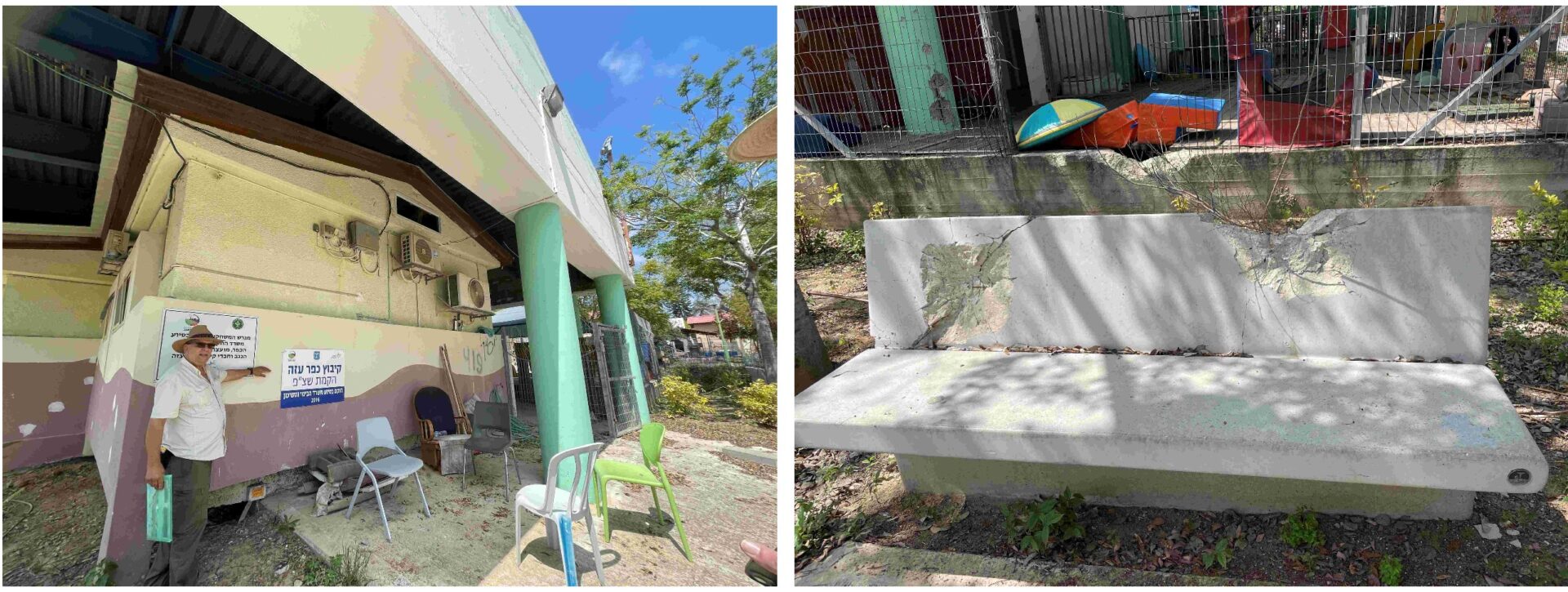
The kindergarten is “bunkered”, i.e. surrounded by a steel roof and reinforced concrete walls. Shelters are at every 50 meters because you only have seconds to get to safety. The swimming pool and soccer pitch are also equipped with bunkers. There was a so-called security team in the kibbutz, 11 people. However, they were instructed to store their weapons in the weapons depot and not to carry them with them. This proved to determine their fate. The Hamas had precise plans of the location and awaited the security forces in front of the weapons depot shooting them down. The terrorists were then able to carry out their horror unhindered, since there was no one left, who could have contacted the army. This is the reason for the particular degree of destruction at the site and why no outside help came for so long. Around 300 terrorists blew up the fence and entered the kibbutz. And after the Hamas, civilians from Gaza came and looted what was of value.
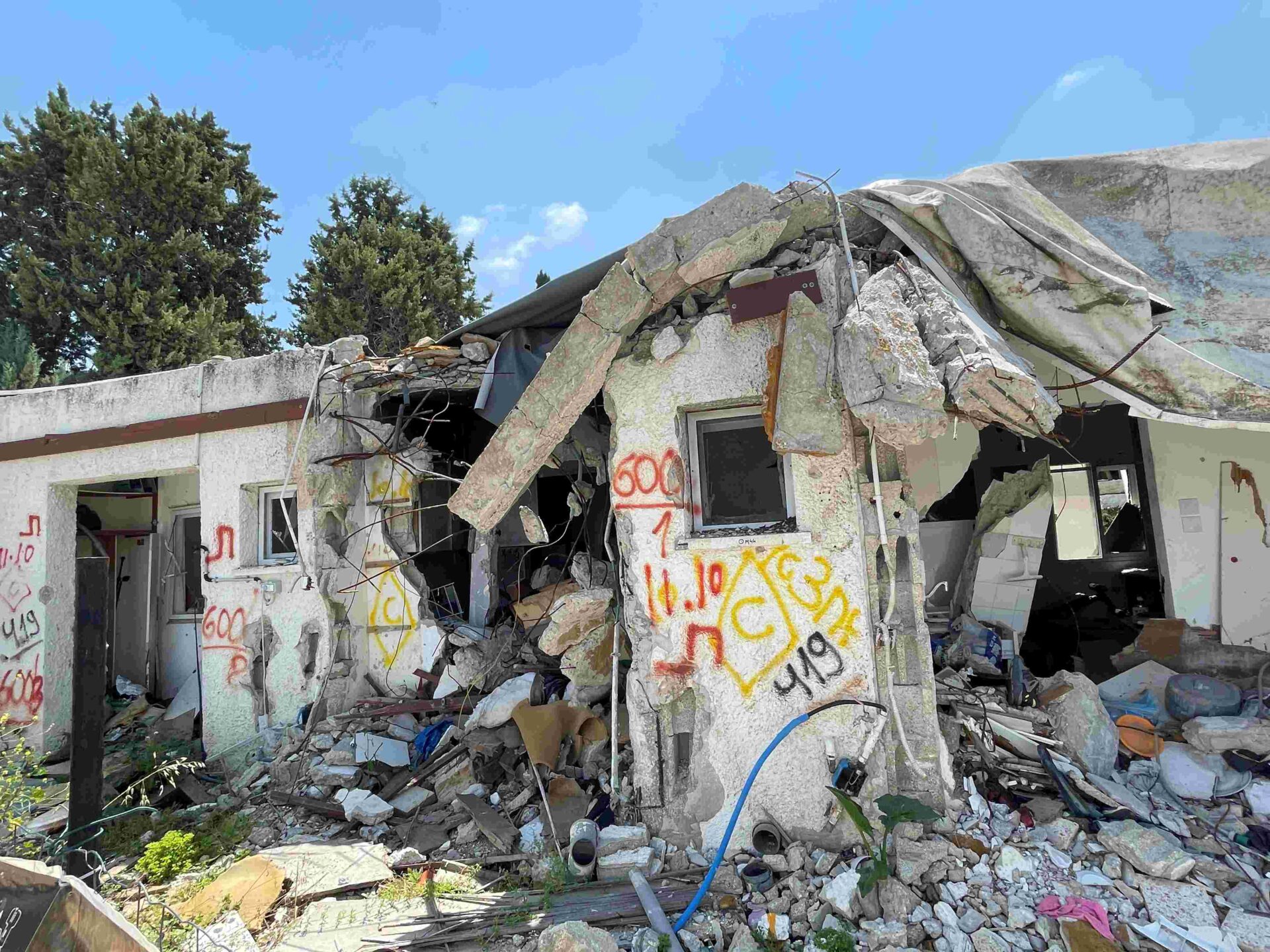
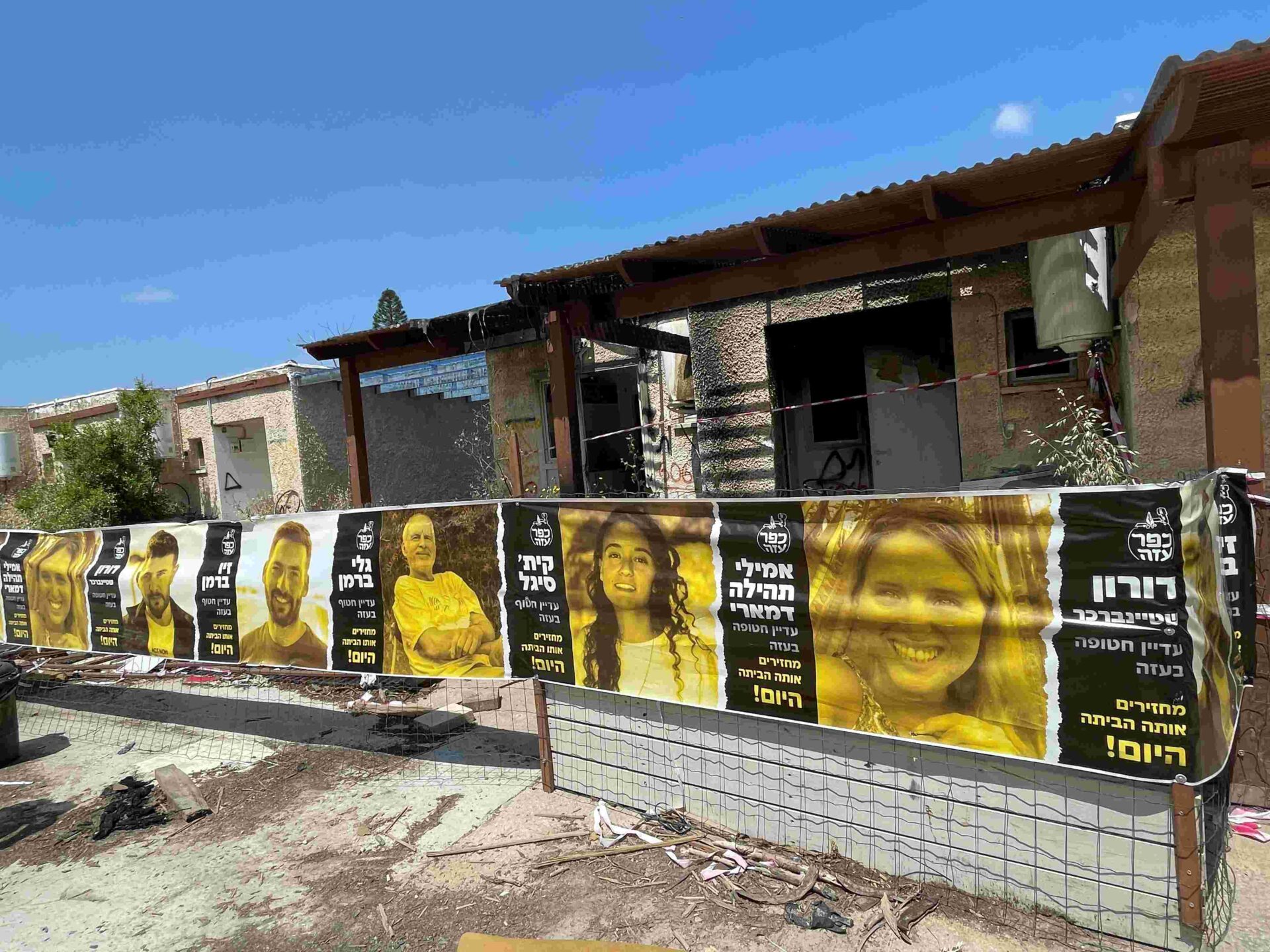
When the army finally arrived after almost 24 hours, they proceeded systematically. First they secured the buildings, then they evacuated the living inhabitants and finally the Zaka team arrived, to recover the bodies and human remains and clean up the blood. Kfar Azza has 64 dead. It took more than three weeks to finally identify all the bodies. Eighteen hostages were kidnapped, some of whom are still being held captive in tunnels by Hamas.
Those abductees who were freed, describe psychological terror, terrible conditions and sexual abuse.
The survivors were taken away from the kibbutz in the darkness of night, escorted by soldiers. As there was still fierce fighting going on, everything had to be done quickly. The people could hardly take anything with them. They were taken to Elad in the south. For the first few months, they lived with the things, that the Israeli population donated to them. Ralph is deeply impressed by the generosity that he and his family experienced.
Fates of Kfar Azza
Then he begins to describe the individual stories of the families. He knew them all. The kibbutz was founded around 50 years ago and he himself has lived here for 44 years. The fates of three generations. I ask him, how he can bear to talk about it. He says that he sees it as his task to describe what happened and that he is simply professional at these moments, closing his soul. His eyes are hidden by his sunglasses as he says this, his face expressionless.
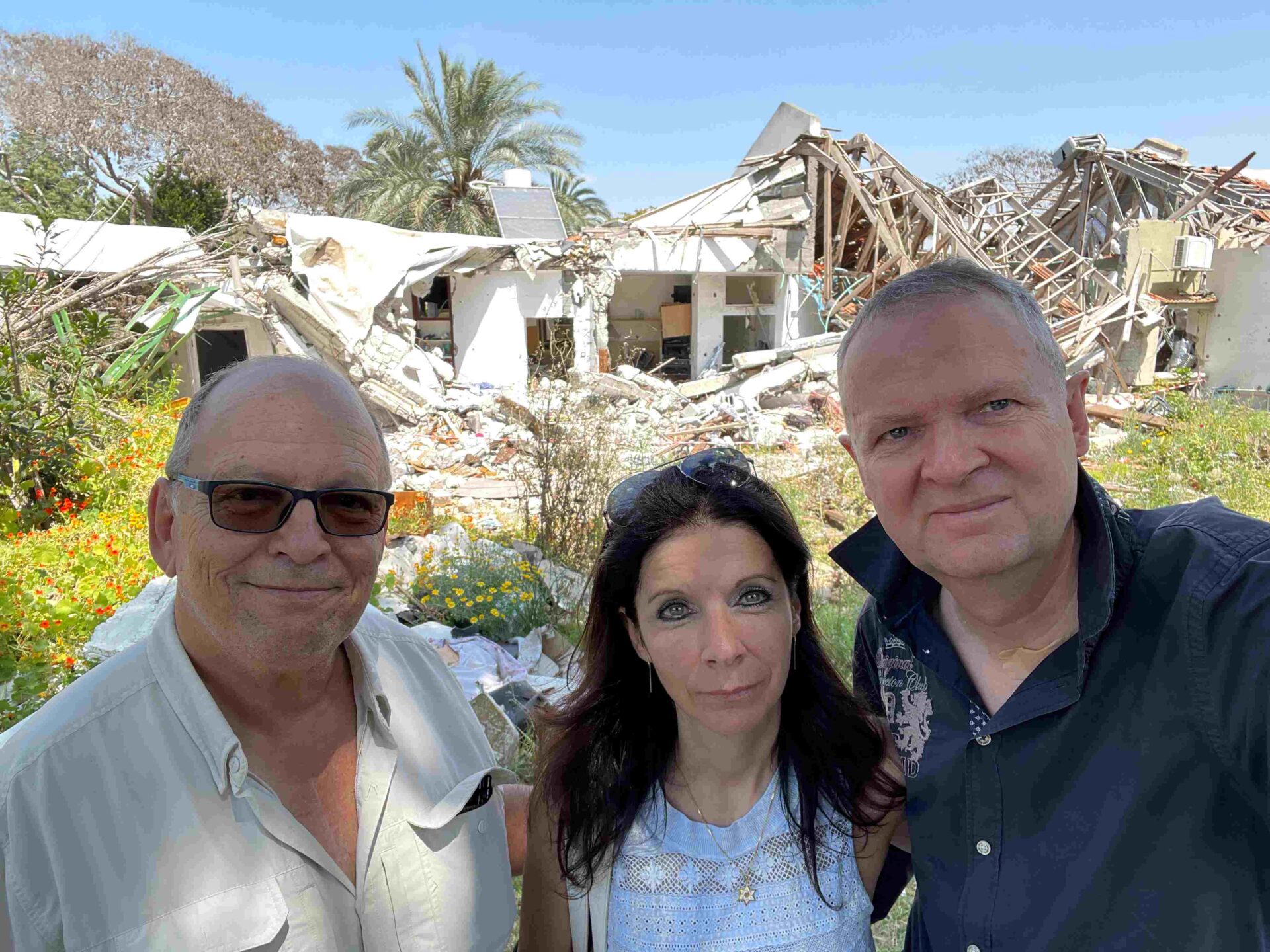
There is the journalist, who stood in front of the house with his 3-year-old daughter in his arms and filmed the Hamas terrorists, who came in paragliders. He was shot from the air. His daughter, covered in blood, escaped to the next house and hid in the bunker together with the neighbor and her three children. They were all kidnapped.
One family has opened the house of their murdered relatives to visitors. The images are harrowing and bear witness to the carnage that took place here.
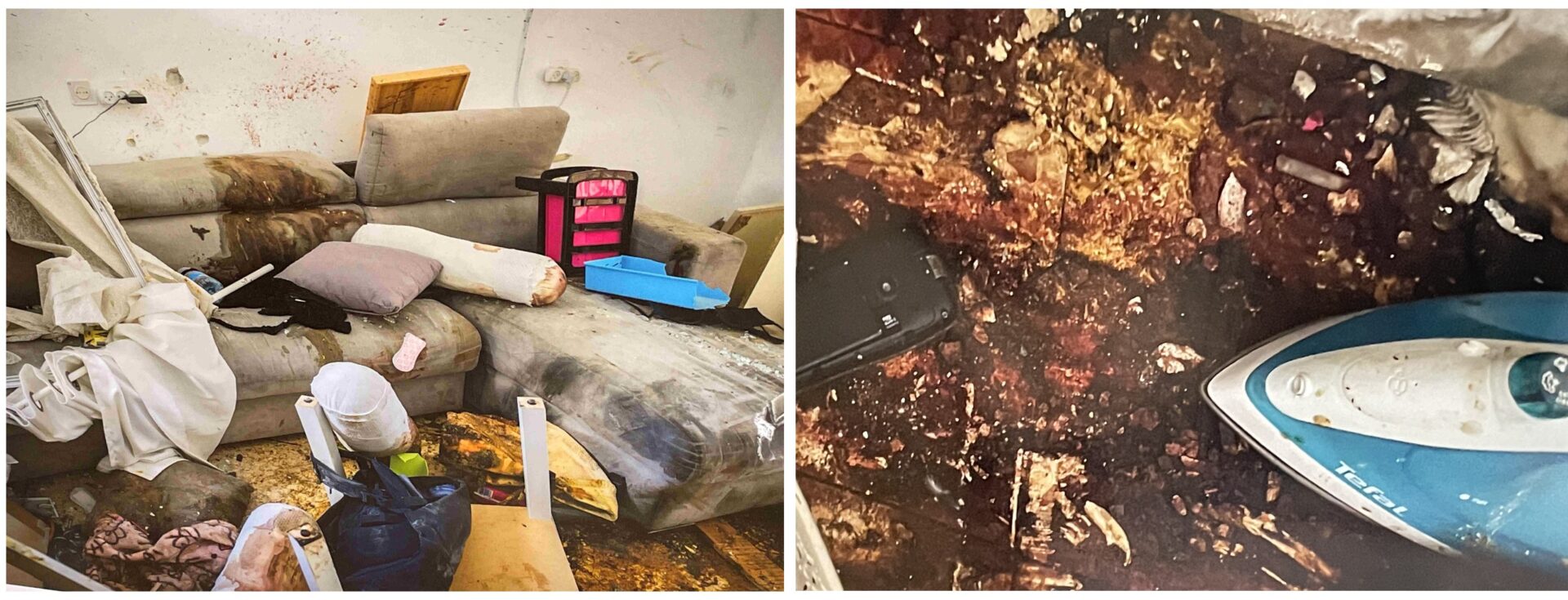
The extent of the senseless destruction in this place is unbelievable.
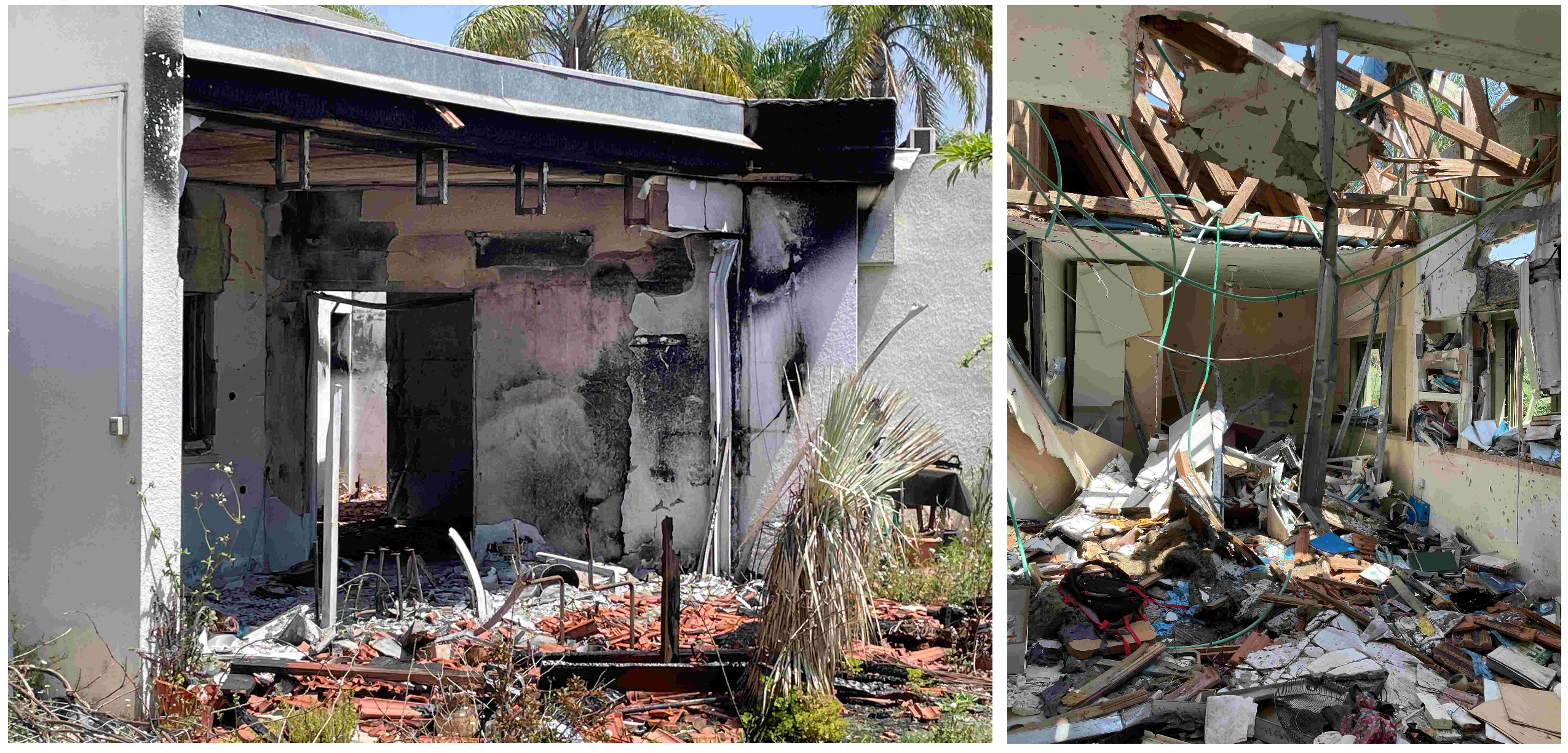
This kibbutz was also the scene of the drama of the young family whose tiny twin babies were left alone for over 13 hours after their parents were murdered. The picture of them went around the world. The soldier who rescued them was later also murdered. However, the twins survived and were adopted.
In another house, both parents were killed and the children remained undiscovered in a cupboard. They called their grandmother abroad and showed her the bodies on camera. The grandmother stayed in touch with the children by phone and at the same time contacted a social worker. After spending more than 20 hours in the room with their dead parents, the siblings were rescued.
The three hostages who managed to free themselves but were tragically mistaken for terrorists and shot by Israeli soldiers also came from Kfar Azza.
Like raindrops falling incessantly, one harrowing story follows the next. I can hardly breathe, my stomach tightens. But I force myself to keep listening and try to fight back the tears. I hear these accounts as a stranger – what must it be like to hear them as a relative and even more so to experience them! These dead have a right not to have their fate forgotten.
Despite all the tragedy and grief, Ralph wants to come back. He does not want to give in to terrorism. But his wife can’t imagine ever living here again.
As Ralph speaks, you can hear incessant machine gun fire. Above us, the whirring of drones, the roar of fighter planes, bombs falling again and again. Until recently, I would never have imagined hearing such sounds live from a kilometer away. The war is very close.
The images of the destruction of Kfar Azza will always remain in our memories. A hell for all those who experienced it and a nightmare come to life for those who – like us – have to deal with it. Yet amidst all the suffering, there are also stories of incredible human greatness and preservation on October 7.


